|
North of the old Barrytown Station is Blithewood, the historic country estate of National Guard captain and real estate mogul Andrew C. Zabriskie. The story of the grounds goes back to 1835, when a North Carolina gentleman, named Robert Donaldson, Esq., purchased the land and named the grounds "Blithewood". He hired architect Alexander Jackson Davis, and landscape architect Andrew Jackson Downing to fix up the home and grounds. Sometime after that ownership was transferred to Mr. John Bard. After the death of Mr. Bard the estate was sold to St. Stephen's College. In 1899, ownership passed to Zabriskie. Andrew C. Zabriskie was born in New York City to Christian A. Zabriskie and Sarah J. Titus on May 30th, 1853. The Zabriskie family is of Noble Protestant Polish descent, going back hundreds of years when his ancestor, escaping the political and religious oppression of his own land, emigrated to America in 1662. The family became deeply involved in the real estate business. The family is connected in various ways with the history of Bergen County, New Jersey since its earliest days. After being educated in private schools and Columbia College, he Inherited large real estate properties and began devoting himself to the business connected with those interests. In 1895, Captain Zabriskie married Frances, the youngest daughter of the late Charles F. Hunter, who was President of the People's Bank of New York City. They had two children, Julia Romeyn and Christian Andrew. Julia was married to Captain Edward Powis Jones in 1918. In 1899, Captain Andrew C. Zabriskie purchased the estate and hired Francis Hoppin, of the architectural firm McKim, Mead & White, to design a manor house and garden to replace the old house on the property (Not to be confused with Blithewold in Rhode Island which was designed by Francis Hoppin). Hoppin designed a grandiose mansion and Italian style garden that reflected the architectural elements of English mansion design, according to the tastes and trends of the Gilded Age. The result is the grand Beaux-Arts mansion which you see today. The house and its traditional Italian garden were donated to Bard College in 1951. Rumours have circulated that the mansion is currently haunted by the spirit of his daughter who either fell or jumped to her death out the window of their New York apartment. There seems to be many versions circulating about the haunting. One legend states that before her death, Capt. Zabriskie commissioned a sculptor to create 4 statues of his daughter, for each 3 years of her life up to the age of 12, in the gardens. But, to this day, only three statues are present, along with an empty pedestal for the fourth one. In another version, 4 statues were made, one for each daughter, which would mean he had four daughters. The second version seems less believable as according to my research Zabriskie only had two children. Today the grounds can be visited and the Mansion and Grounds are considered outstanding examples of the Country Place Era residences of the Hudson Valley’s social and political elite. Further Reading:
https://familysearch.org/photos/artifacts/10535956 http://www.loc.gov/pictures/resource/ggbain.21465/
1 Comment
Built by the infamous Grosvenor Atterbury in 1917 for Lousine Peters and her husband, Harold Weekes, is Wereholme, a 28 room mansion on the South Shore of Long Island which was inspired by a French chateau of the same name. Atterbury is known for his work with weekend houses for wealthy industrialists. Born in Detroit, MI in 1869, educated at Yale University, he would go to work in the offices of McKim, Mead & White. He is known as the mastermind of the well to do neighborhood of Forest Hills in Queens New York. In the early part of the 20th century, the estate was part of a 300-acre "gentleman's farm", called "Windholme Farm", which was owned by Samuel and Adaline Peters. Mr. Peters was a coal broker who, with his partner Richard Williams, founded Williams and Peters coal brokers. In 1880, he purchased 300 hundred acres of waterfront property on the Great South Bay on Long Island’s Gold Coast. The estate had pigs, chickens, and cows, a private fishing camp, a stable of polo ponies, a kennel of top-notch Foxhounds and Gundogs, and spectacular formal gardens. He spent his summers with his family boating and fishing on the Great South Bay. Mr Peters died of heart disease at his home in Islip, NY, after a long illness, at the age of 67. The property would soon be divided by South Bay Avenue and each side was given to one of their two children, Harry and Lousine. Harry took 200 acres to the east and Lousine the 70 acres to the west. Harry was very much like his father and inherited his father’s interests all the way from fine art to coal. He was also a partner in William and Peters. His kennels, the Windholme Kennel, played a starring role in Greyhounds. Peters was an avid sportsman, with a passion for hunting, horses, and dogs. In 1925 he became Co-Master of Foxhounds of the Meadow Brooke Hunt in Long Island, New York, a position he held into the 1940s. He was a member of the Westminster Kennel Club and often served as an exhibitor and judge at dog shows. He gave a lecture “Sport in Art through the Ages,” at the Metropolitan Museum of Art in (circa 1937-1940), and began drafting a full length work on the same topic that was never published. In 1935 he authored Just Hunting, which provides personal and historical perspectives on the subject with illustrations by Betty Babcock. Peters was an active member of the Grolier Club, American Antiquarian Society, and New-York Historical Society. He also participated in home defense activities, serving as a member of the Fuel Administration during World War I, and as Civilian Defense Director for Suffolk County during World War II. Peters retired from the coal business in 1945. He died in 1948 at age 66, survived by his wife Natalie (née Wells), his daughter Natalie Peters Webster, and his son Harry T. Peters, Jr. Source: Museum of the City of New York In 1917, Atterbury built the estate, which would become known as the Scully Estate or Wereholme. Louisine Peters only daughter Hathaway, also known as”Happy”, would inherit the property . Although married several times, she produced no heirs of her own and by 1960 became committed to donating her property to the National Audubon Society. She said it was her "wish that the property be used as a wildlife sanctuary and nature center." Across the street Natalie Peters Webster, Happy's first cousin, who had inherited the property, decided to do the same as she also had no heirs. Together the properties formed the Seatuck National Wildlife Refuge. Natalie's husband, Charles Webster, would later found the Seatuck Environmental Association to conduct education and research on the property. Upon her death in the 1980’s, the named was changed to the "Scully Sanctuary" and became the home of the Living Oceans Campaign. In June 2004, Suffolk County purchased the property and opened it to the public in April of 2010 as the Suffolk County Environmental Center.
Blairsden is a historic 62,000 square foot, 38-room mansion built by Clinton Ledyard Blair in 1897. It is located in Somerset County, New Jersey. The original main entrance gate was at the base of Ravine Lake although the one that can be seen today is in Peapack on a main road. Clinton Ledyard Blair was a prominent American investment banker and the grandson of one of the wealthiest men of the 19th century,John Insley Blair. In addition to the massive estate in New Jersey, he also had an estate in Newport, Rhode Islandand Bermuda. Laura Gonzalez
On the the corner of Watchung and East 7th in the Crescent District of Plainfield , New Jersey is the bright pink Victorian with the slate Mansard roof which now houses the Swain Galleries. Going back in time this was once the home and office of a prominent physician in town; Dr. Ellis W. Hedges. Hedges had come from a family of doctors. His father was Dr. Smith E Hedges who had lived in Plainfield as well. His brother was Dr. B. Von D. Hedges and was also in the medical profession and practiced in New York. He was also very involved in the church across the street acting as an organist for a great many years. The home is largely unaltered and one of the best examples of a Mansard in the district. Laura Gonzalez
WAYNE NEW JERSEYHobart Manor as it is called now was once called Ailsa Farms. Ailsa Farms was purchased by the state of New Jersey in 1948 from the family of Garret Hobart who was the 24th vice president of the United States who served under William McKinley.. It now is the campus of William Paterson University . The original manor house, built in 1877, was the weekend retreat and summer residence of the Hobart family. It is a tudor style mansion with 40 rooms and once was the site of very lavish parties for the wealthy. In 1915 Fred Wentworth and Frederick Vreeland were hired to remodel the estate and it was completed in 1919. . It was originally owned by John McCullough, a Scottish immigrant who made a fortune in the wool industry. In 1902 he returned to his native country he sold it at auction. The mansion is rumored to be haunted and has attracted the attention of many a ghosthunter and psychics. Laura Gonzalez
August 5th 2015 In the Eastside Park neighborhood of Paterson, New Jersey is an Italian Renaissance style residence built in 1929 for Jacob Weidmann who was one of the central figures in the development of the silk dyeing industry in Paterson. Born in Switzerland in 1845 and then trained by his father before apprenticing in the silk dyeing works of Germany and France, Jacob Weidmann became an American success story. At 22, he came to the United States. He secured a job at Cheny Brothers, which was a silk dyers located in Manchester, Connecticut, before relocating to Paterson in 1872 and opening his own mill called the Weidmann Silk Dyeing Company . His success grew due to his reputation for producing the heavy-weighted black silks. In 1887, the Weidmann Silk Dyeing Company relocated its works from downtown Paterson to the city's Riverside section after purchasing a fire devastated works from former partner, Claude Greppo. By the mid-1900s, Weidmann was the largest silk dyeing works in the country employing approximately 3,000 workers. By the time 1909 rolled around, Jacob Weidmann sold a large portion of his company to Gillet et fils of Lyons, France. He died two years later. Laura Gonzalez
Frederick G. Bourne was President of the Singer Manufacturing Company between 1889 and 1905. Indian Neck Hall was his country residence and reputed to have been the largest estate on Long Island when it was built in 1897. The Georgian-style home was designed by noted architect, Ernest Flagg. In 1926, the property was sold and became La Salle Military Academy. St. John's University acquired the property in 2001 and offers a number of its graduate degree programs from the Oakdale campus. Read the rest of the story here.
|
ABOUT THE AUTHORLaura Gonzalez is a photographer, blogger and historian currently residing in Newark, New Jersey. Archives
April 2021
Categories
All
|
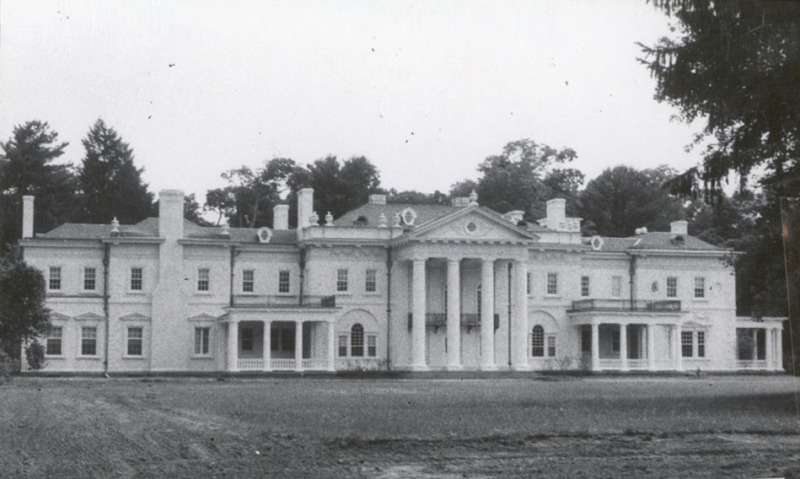
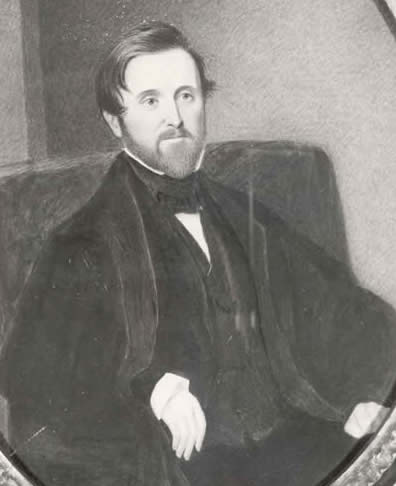
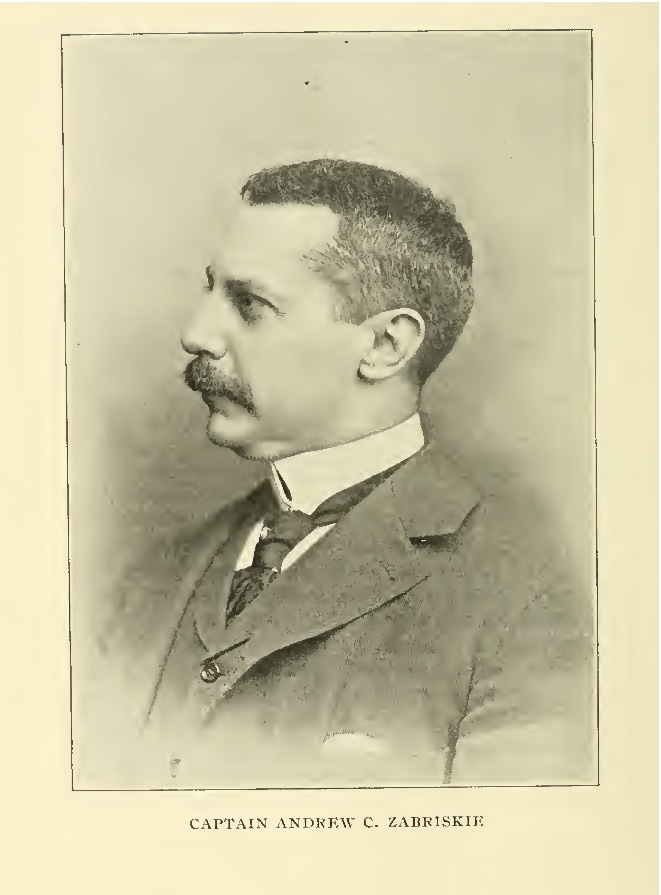
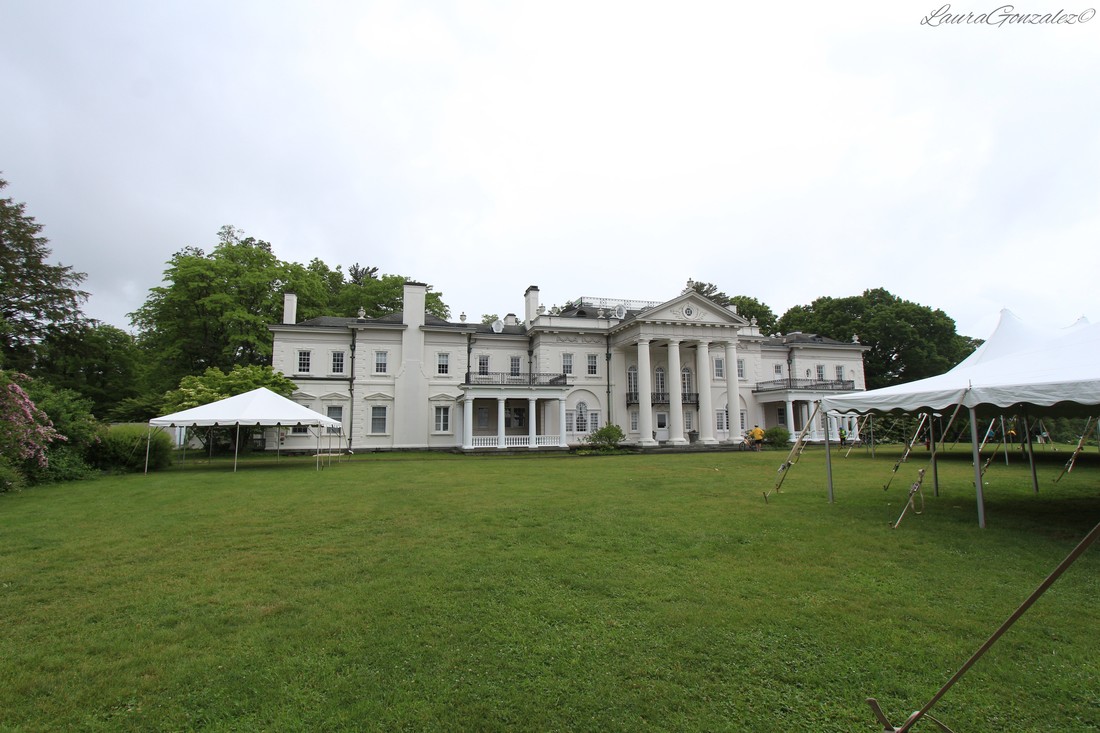
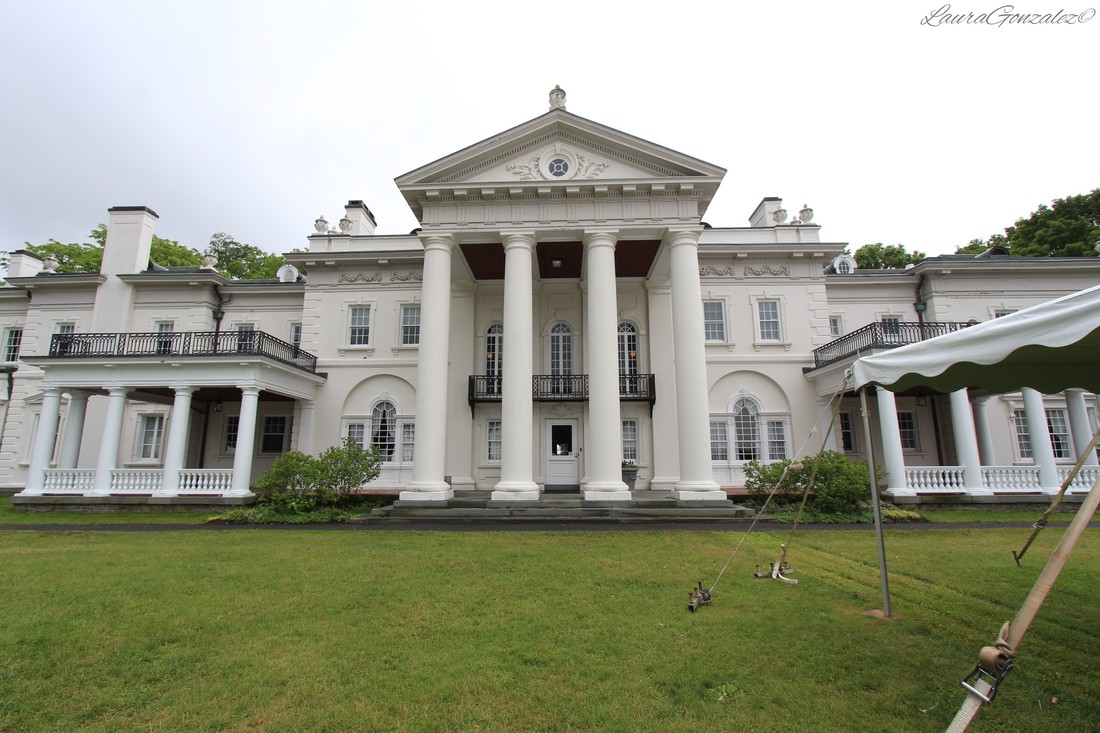
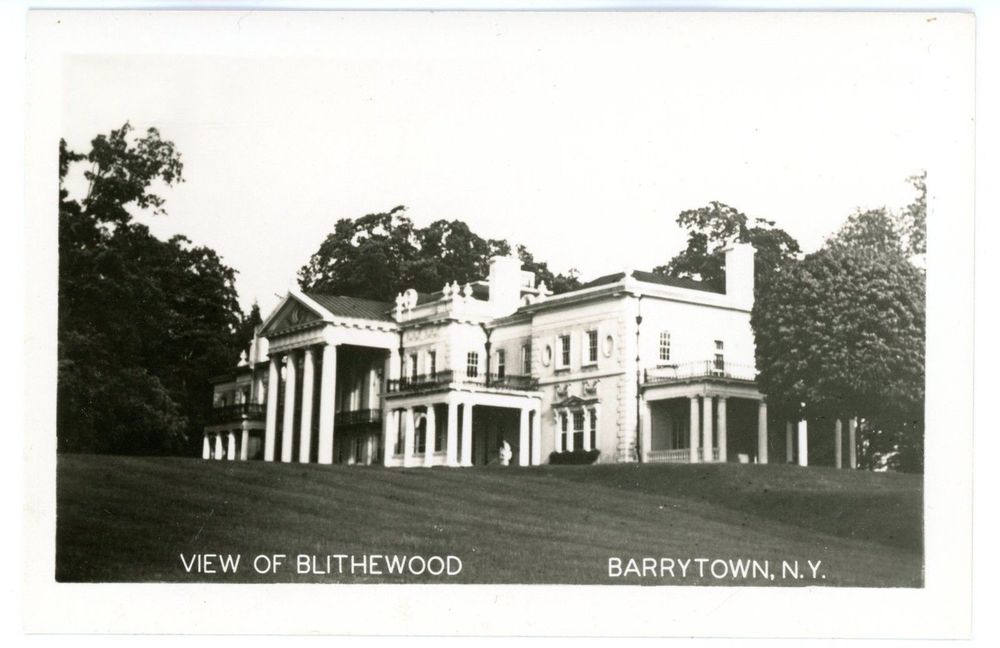
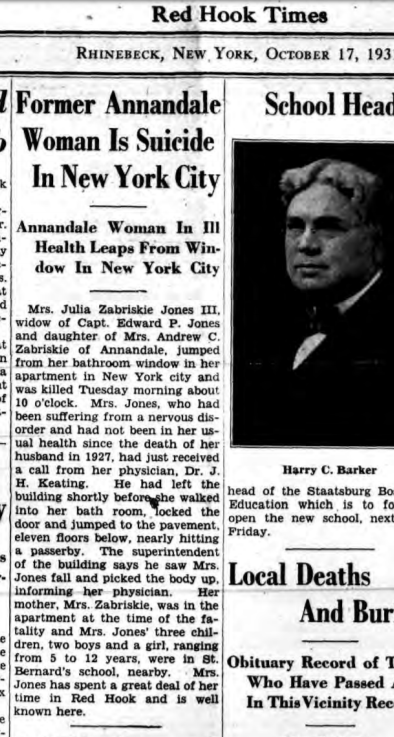
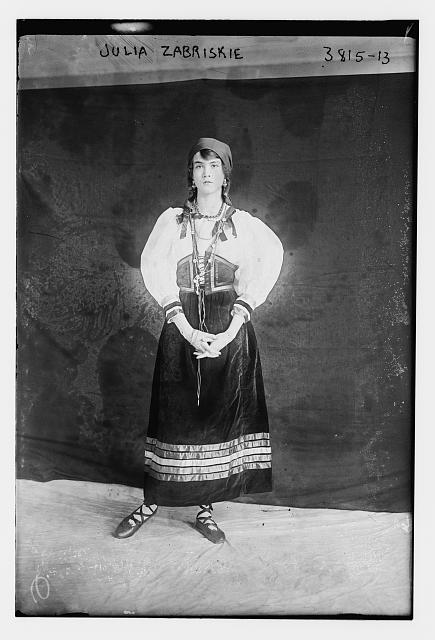

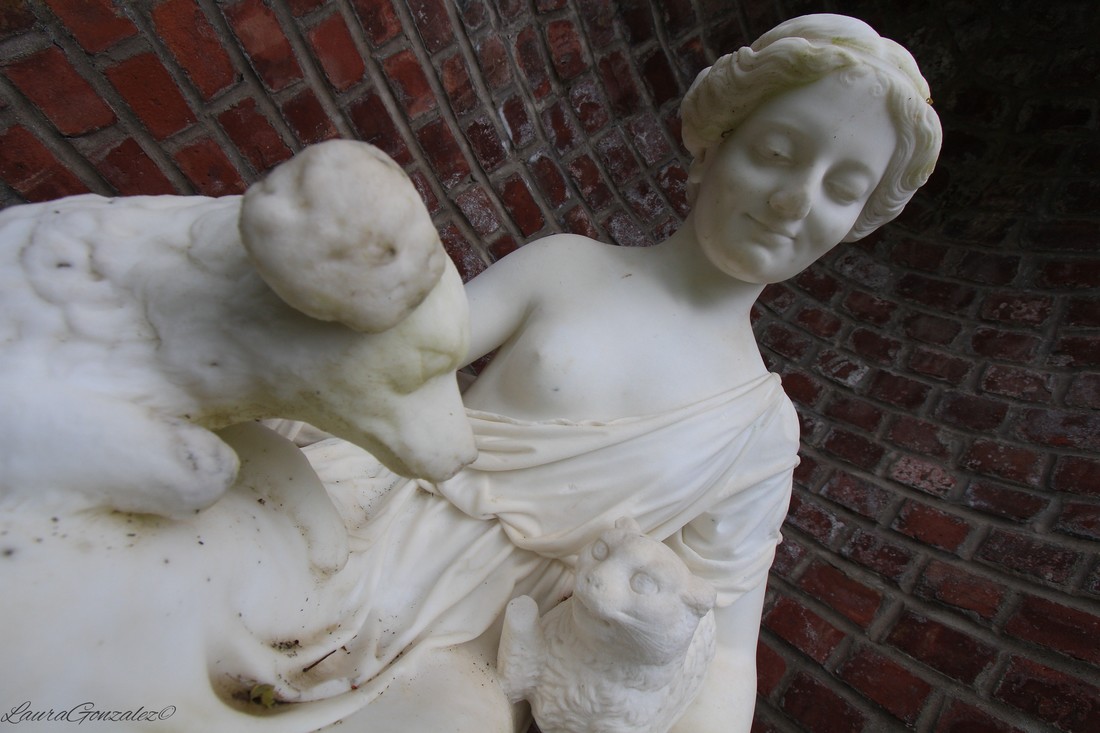
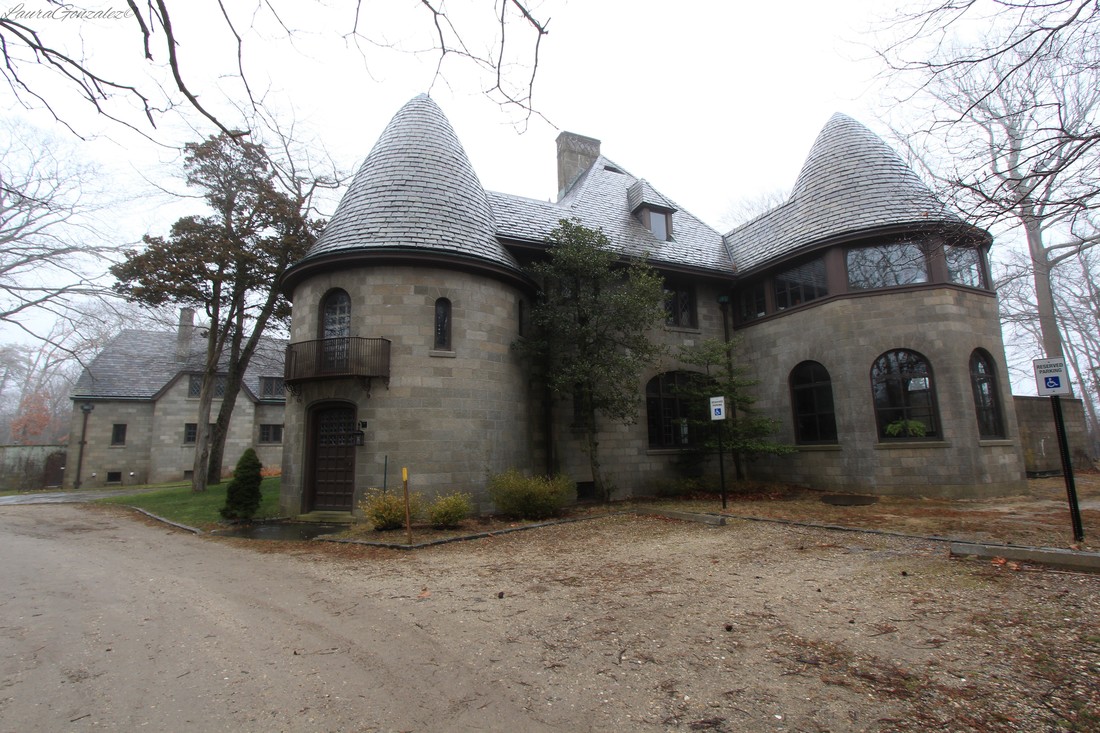
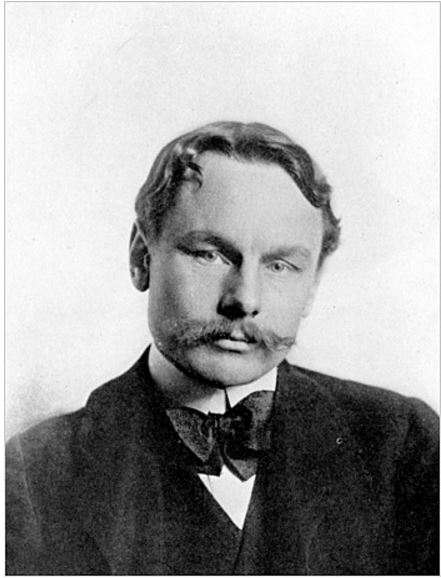
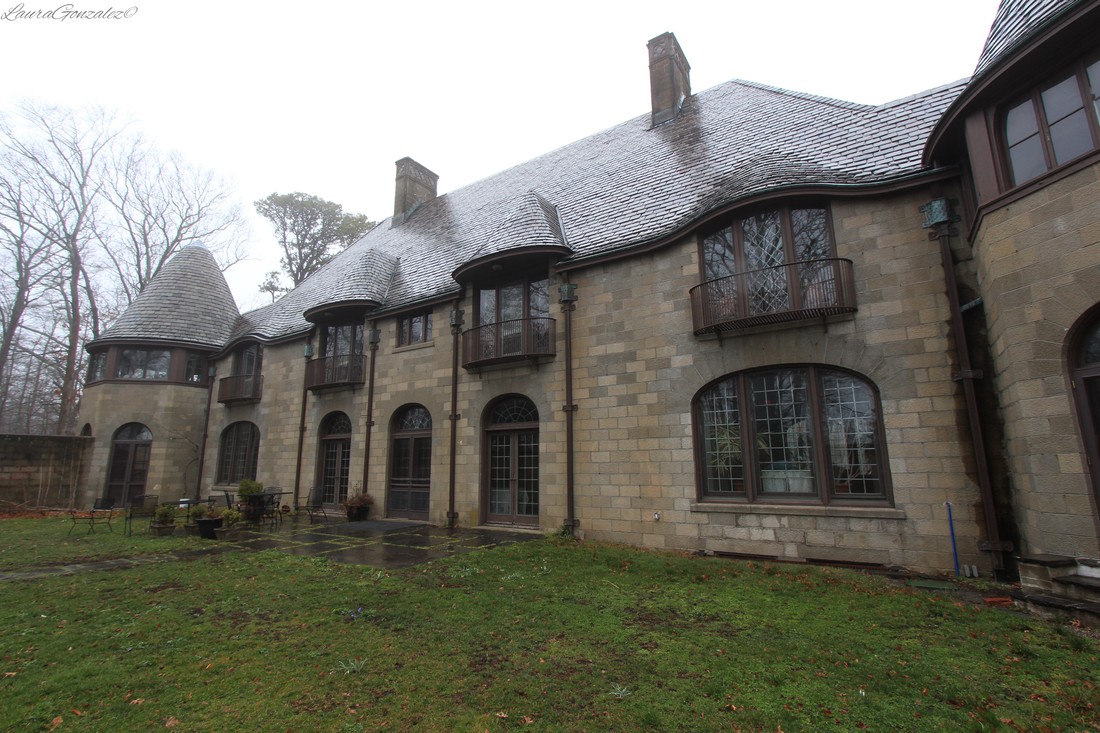
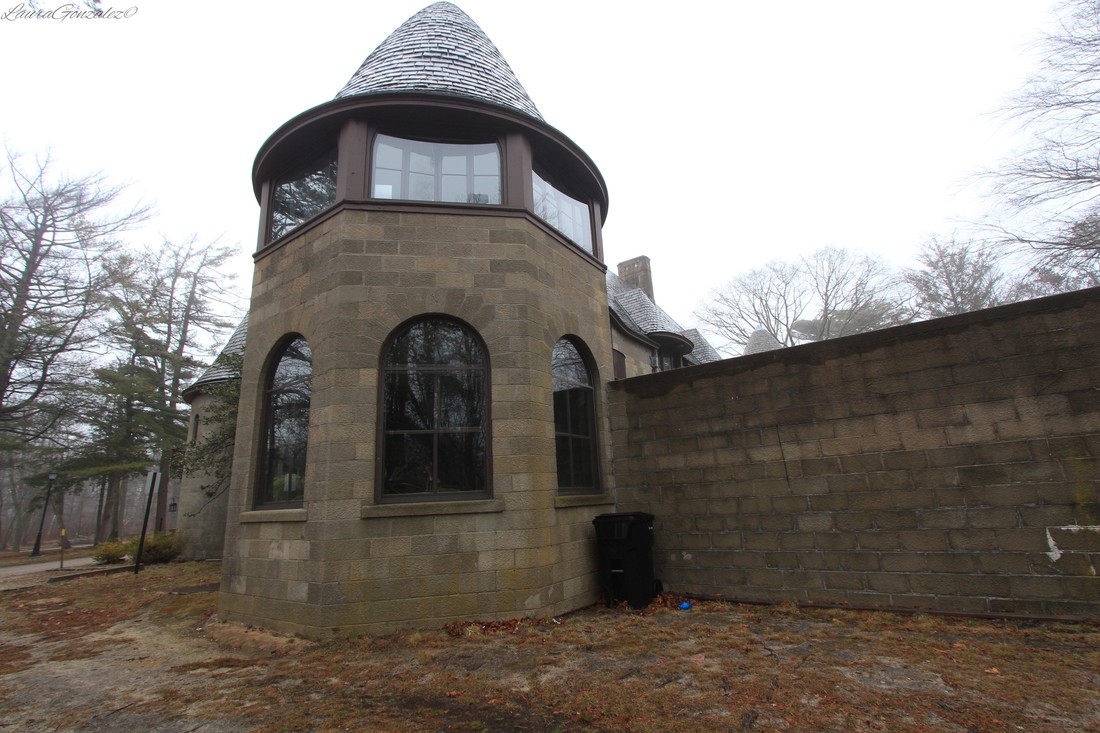
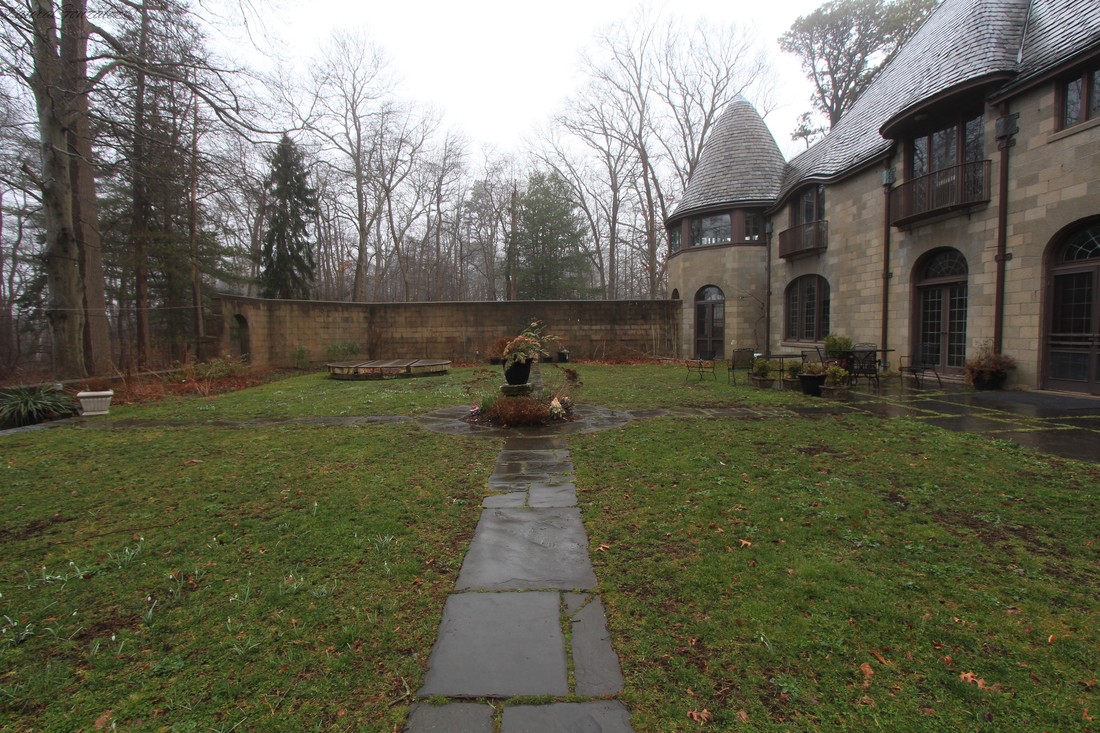
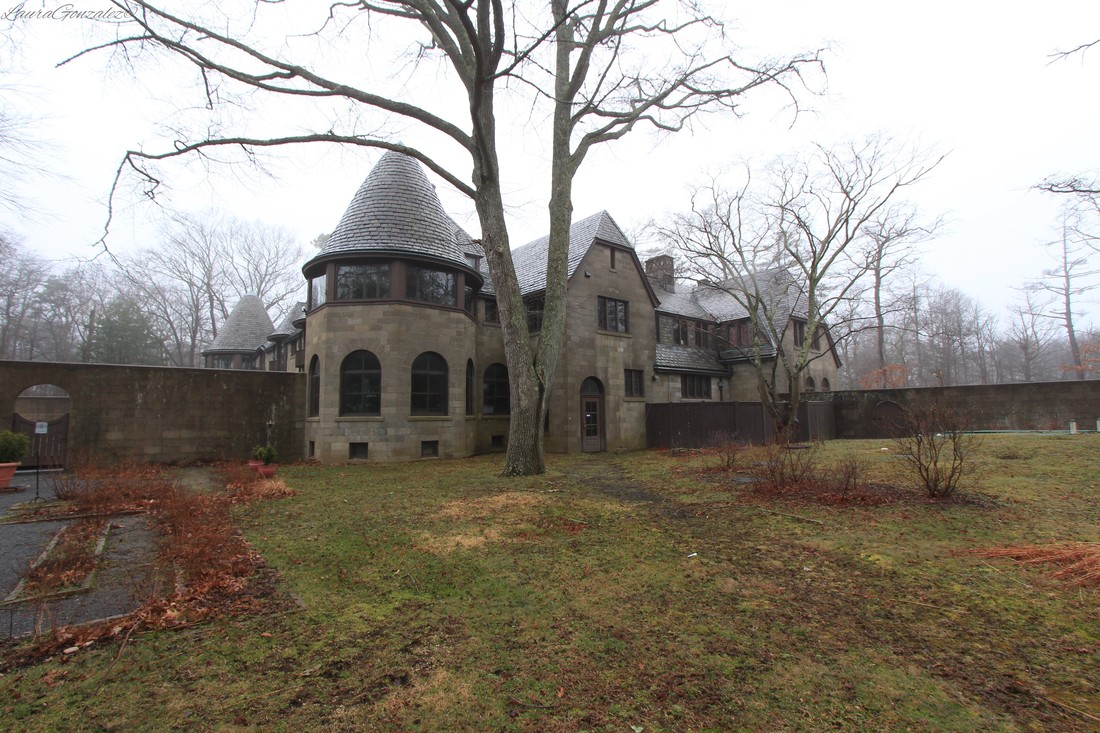
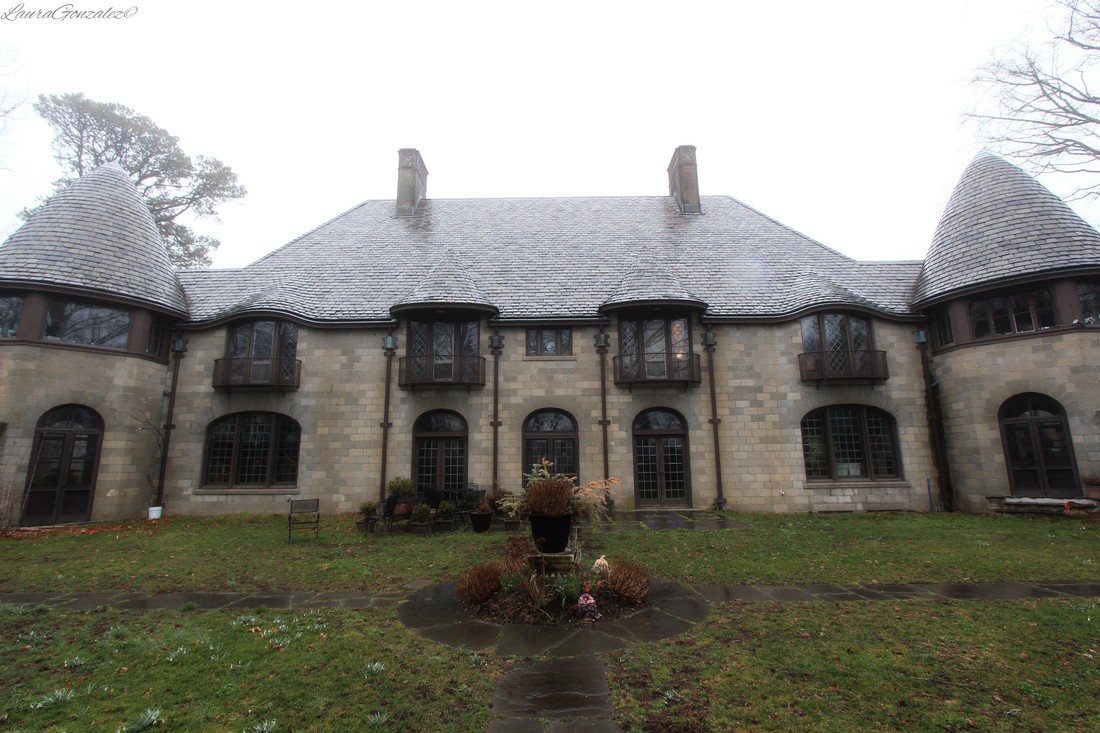
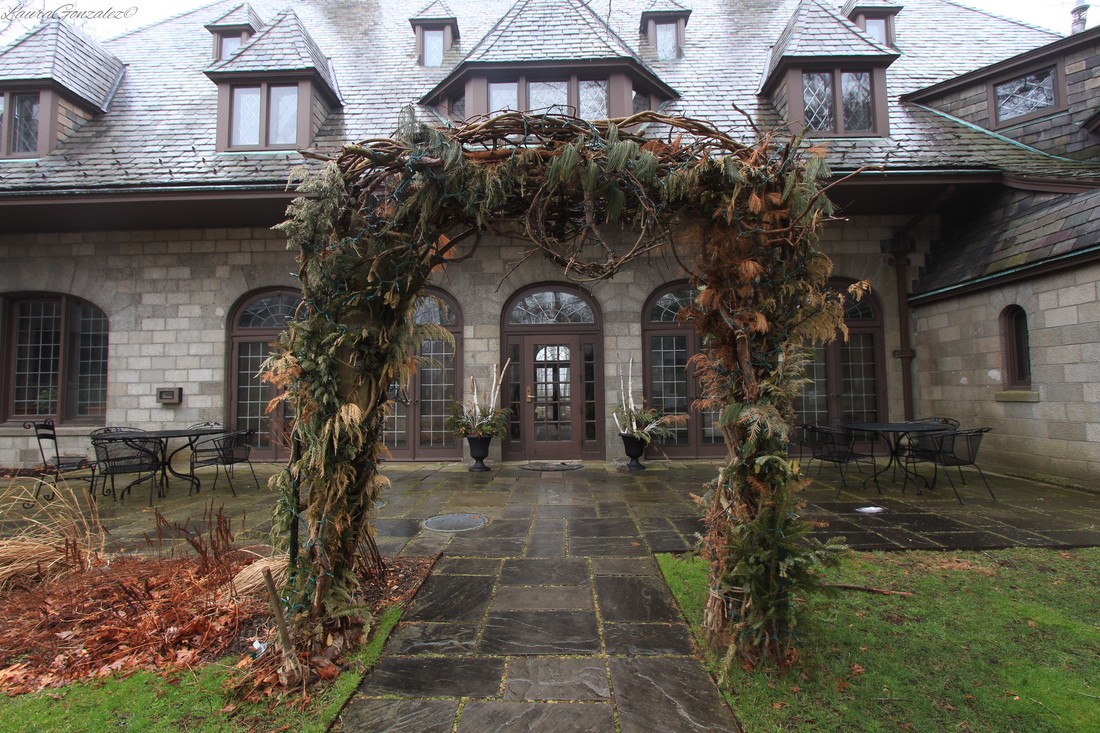
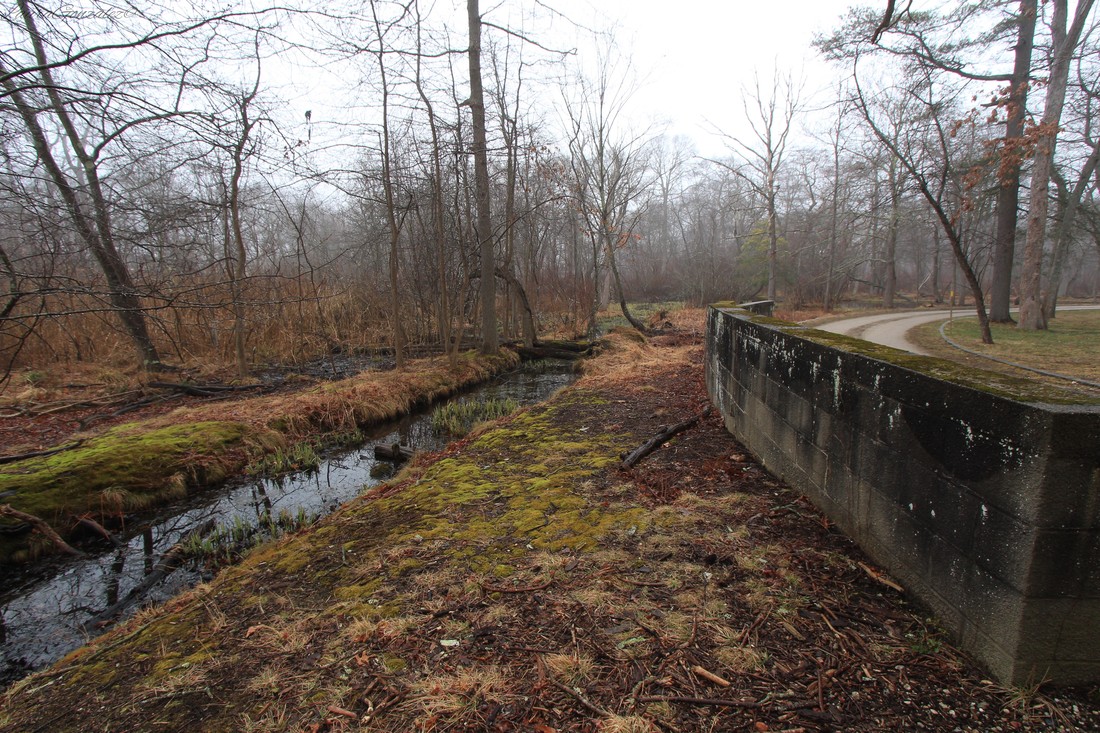
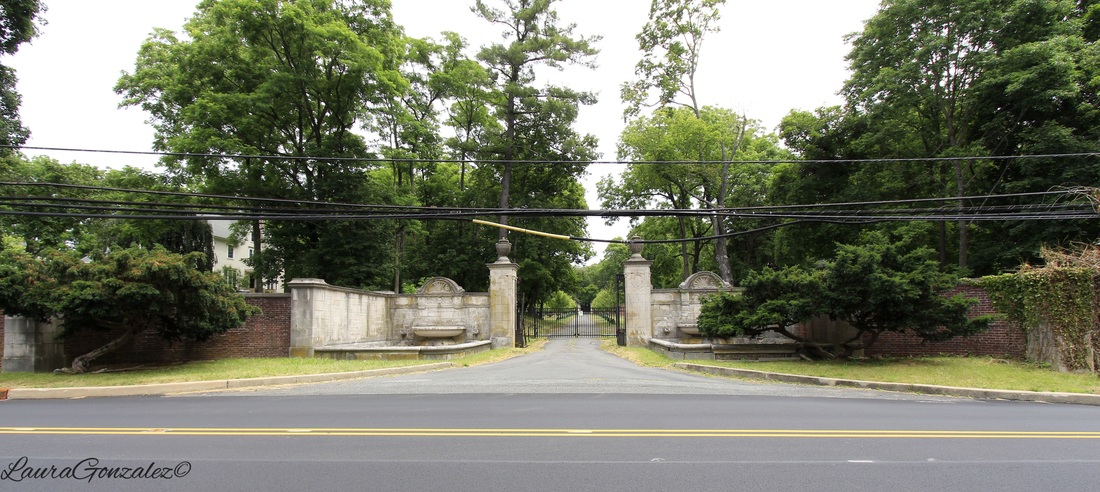
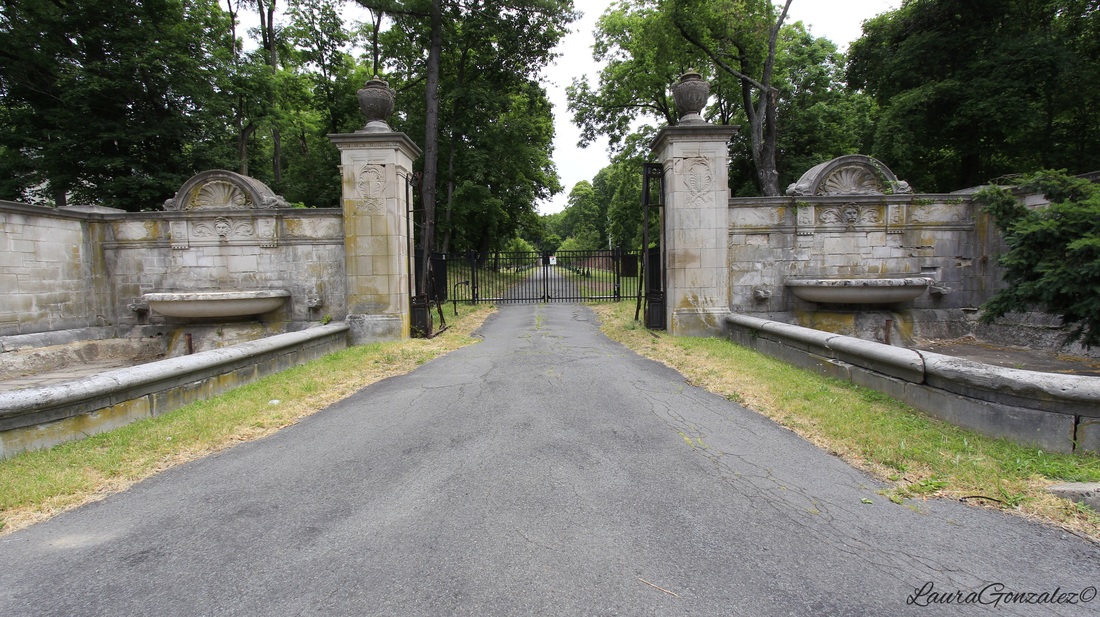
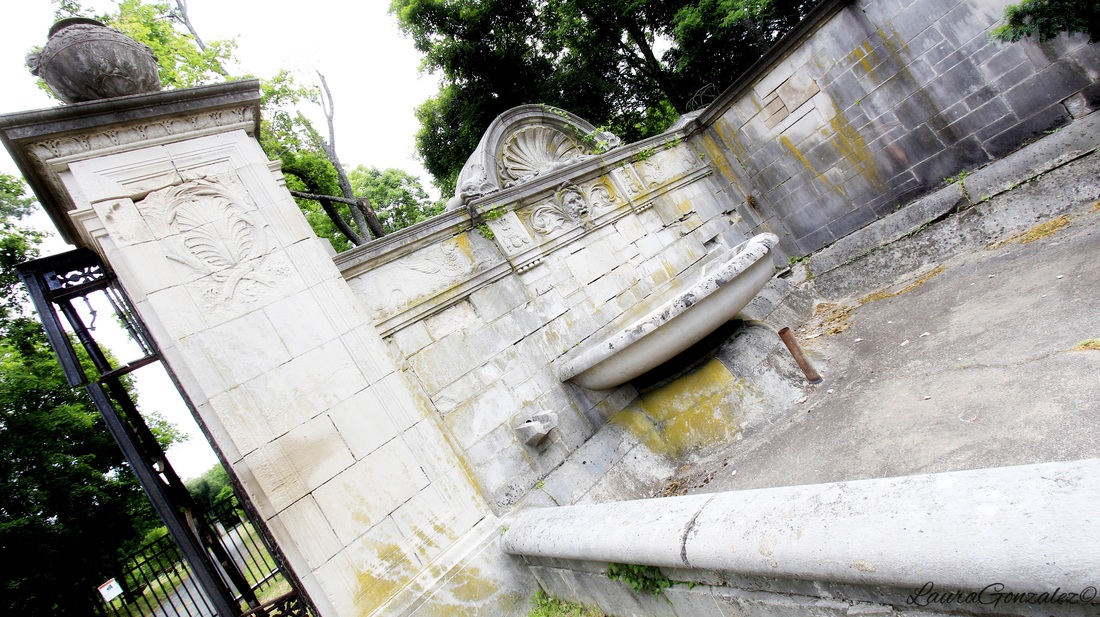
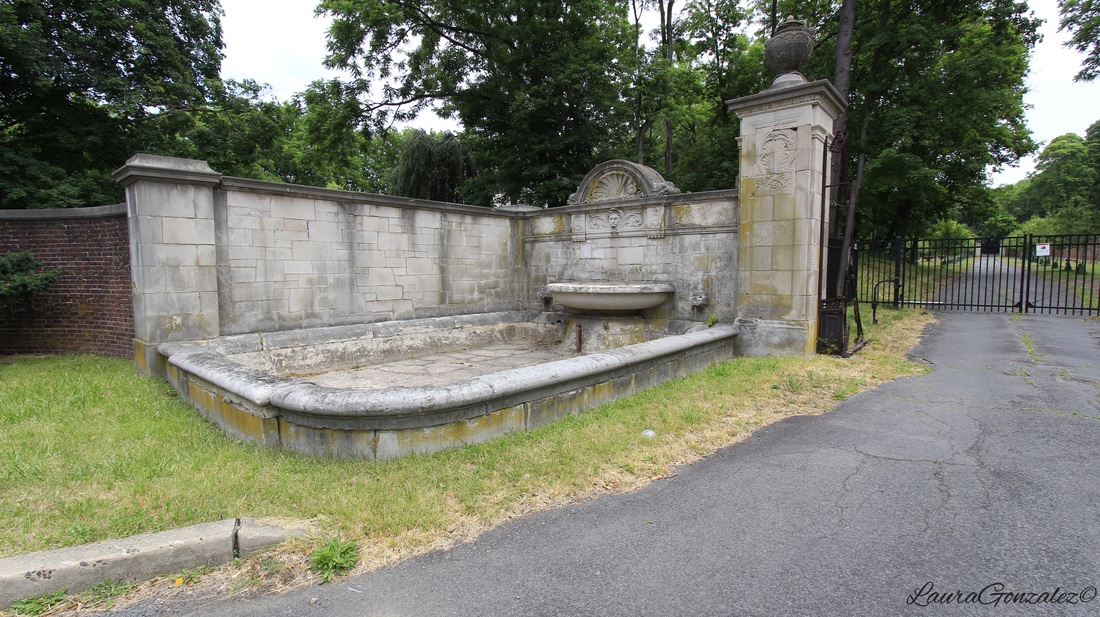
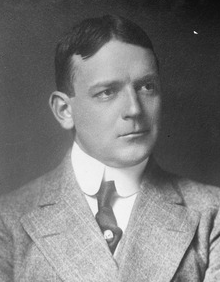
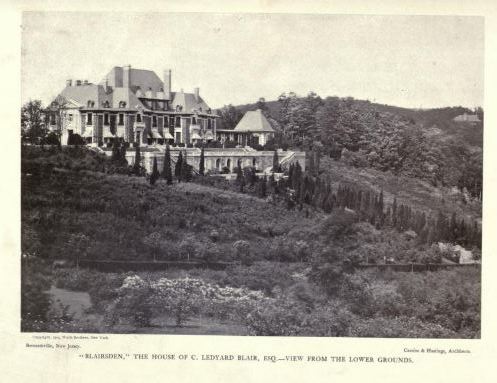
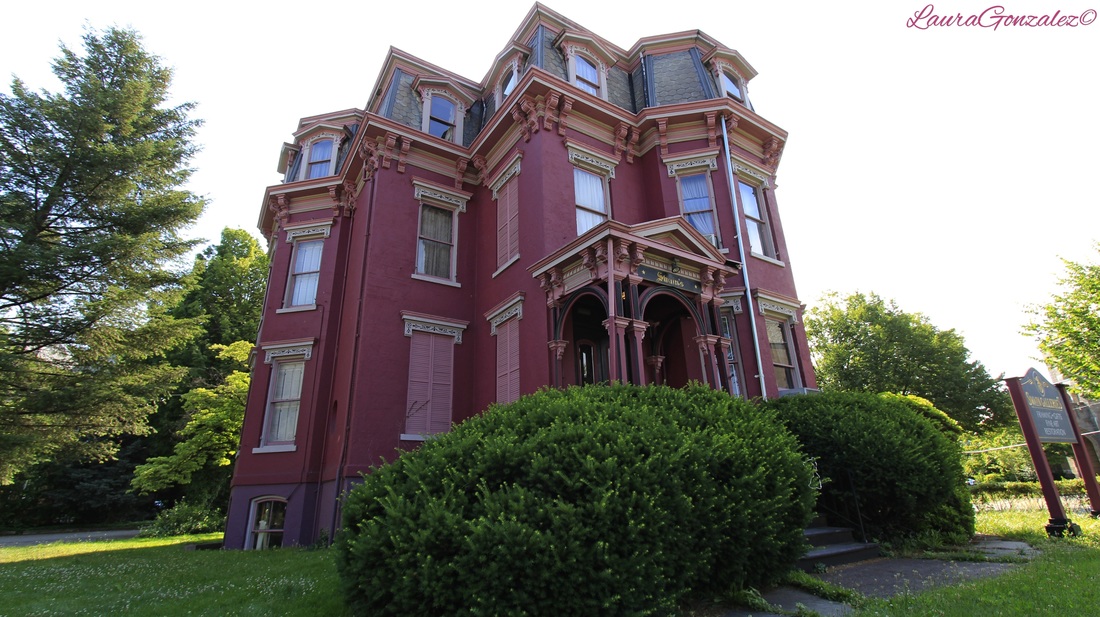
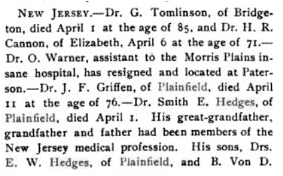
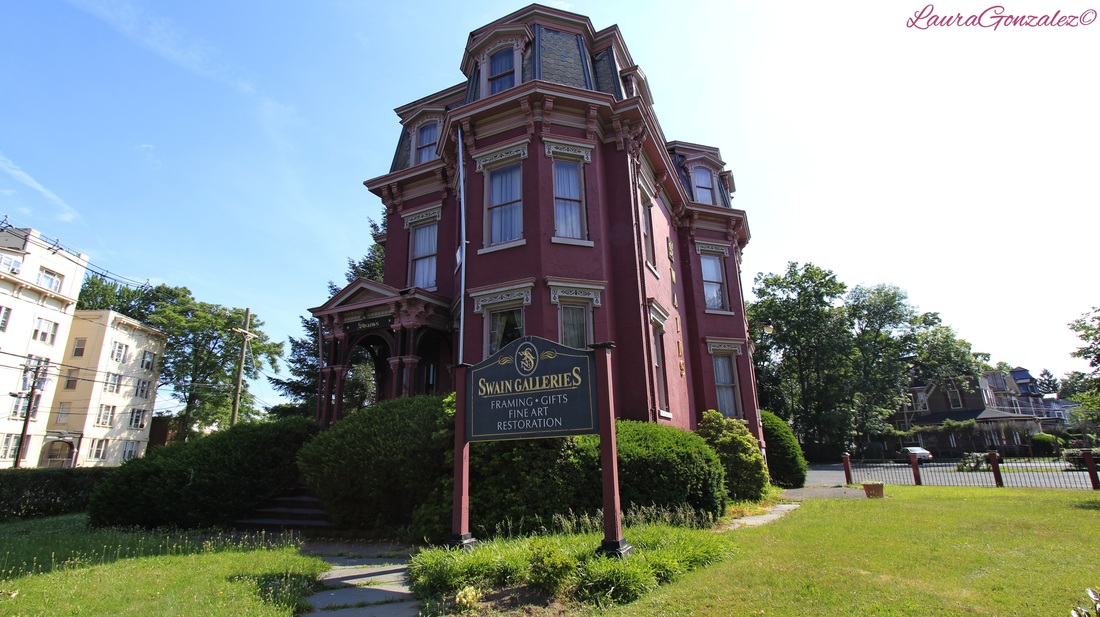
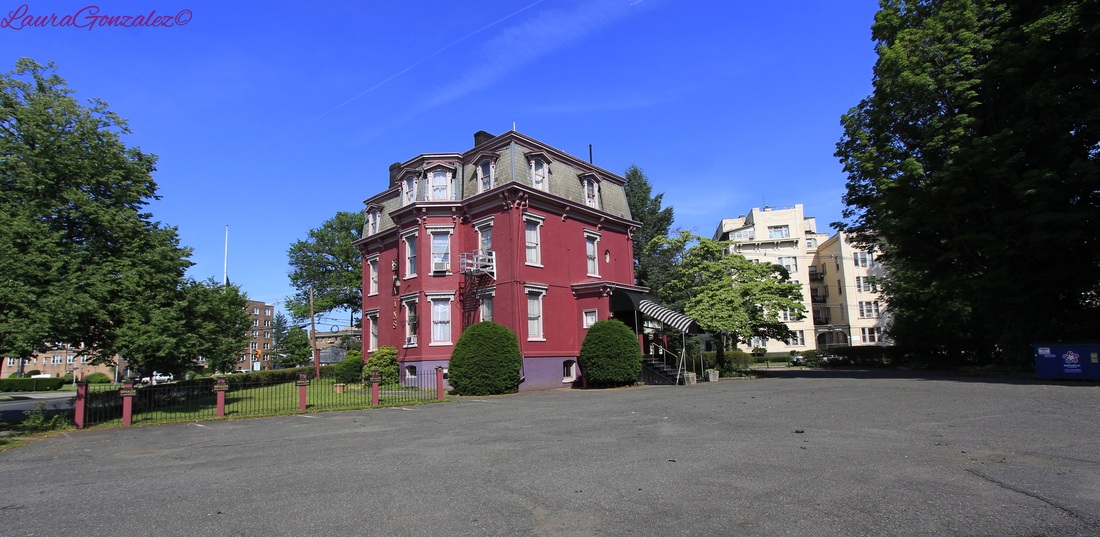
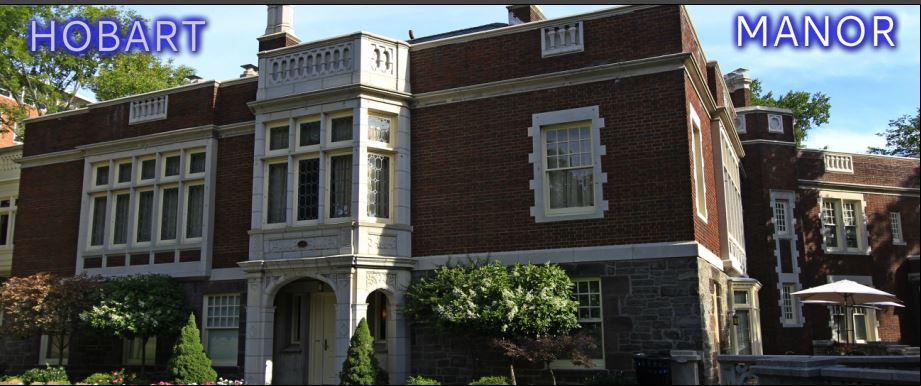
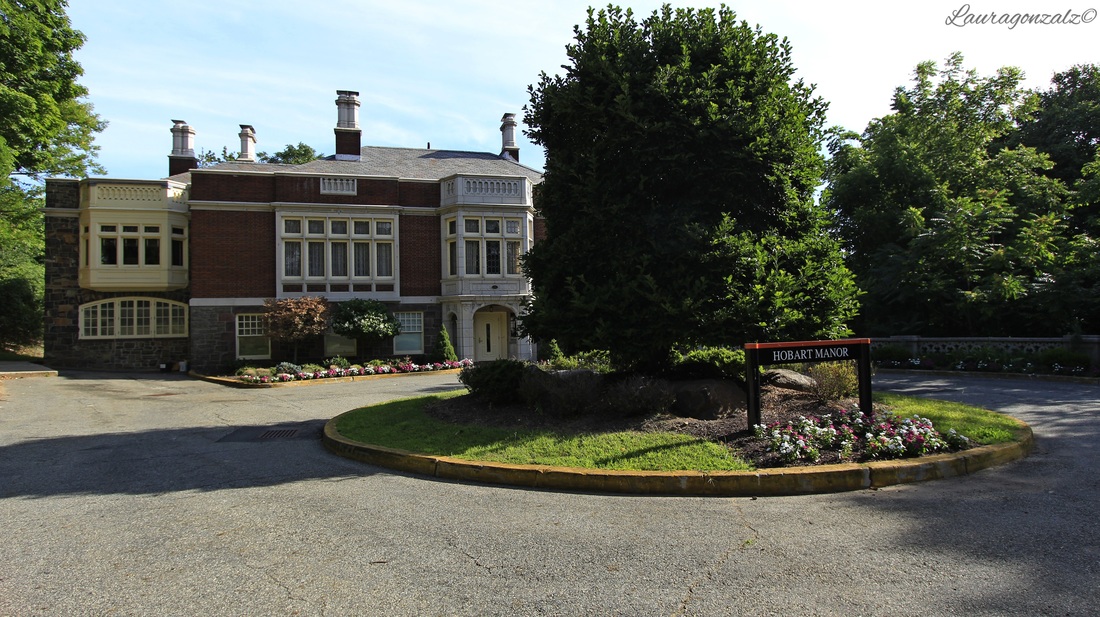
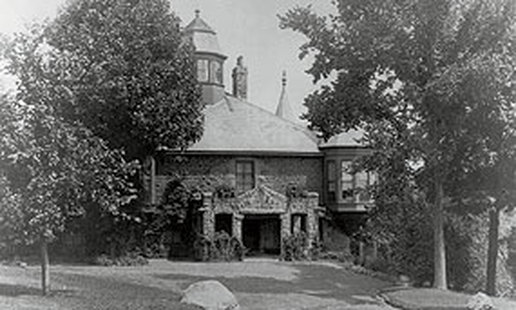
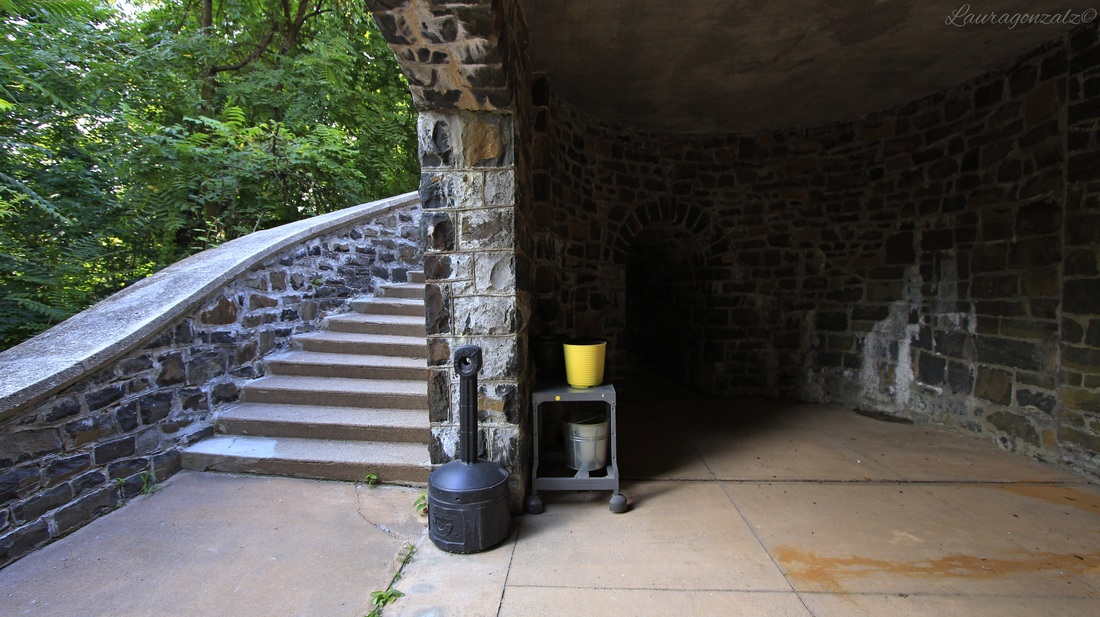
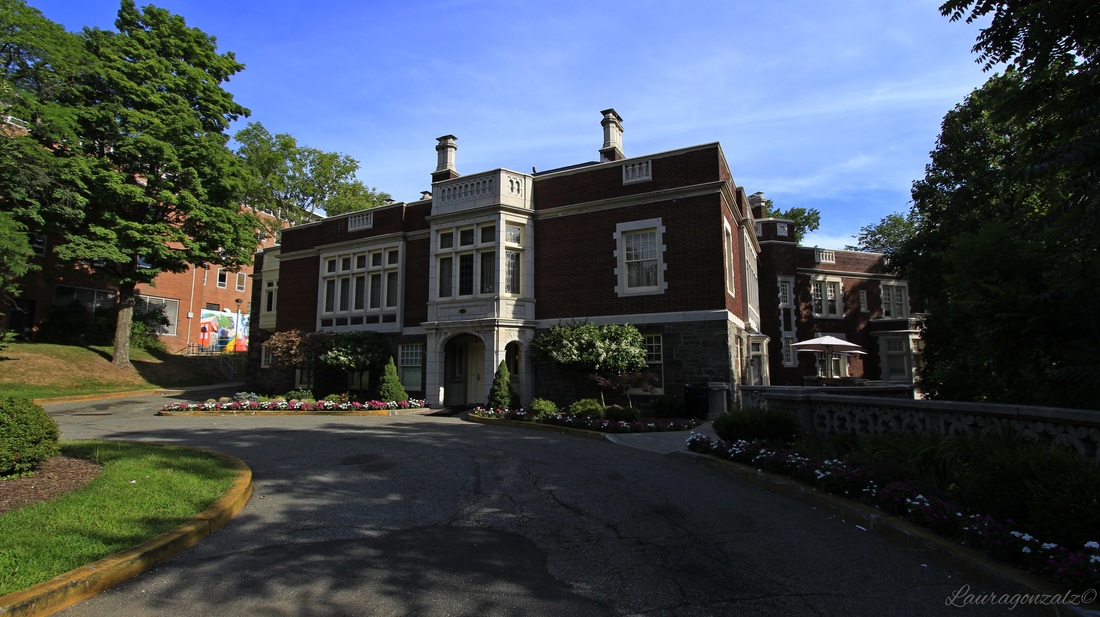
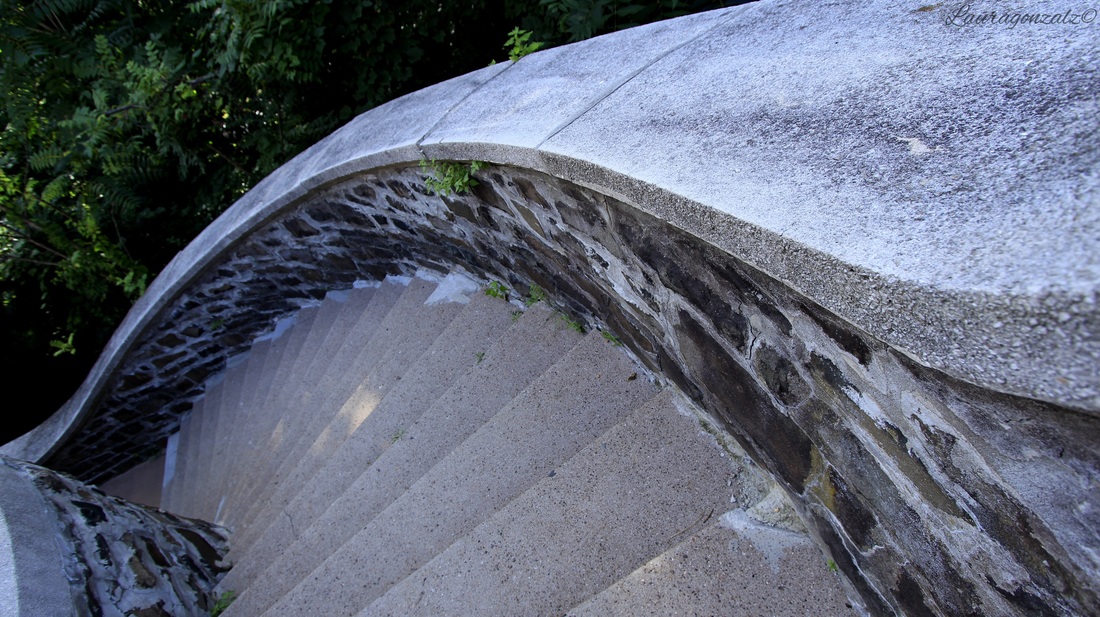
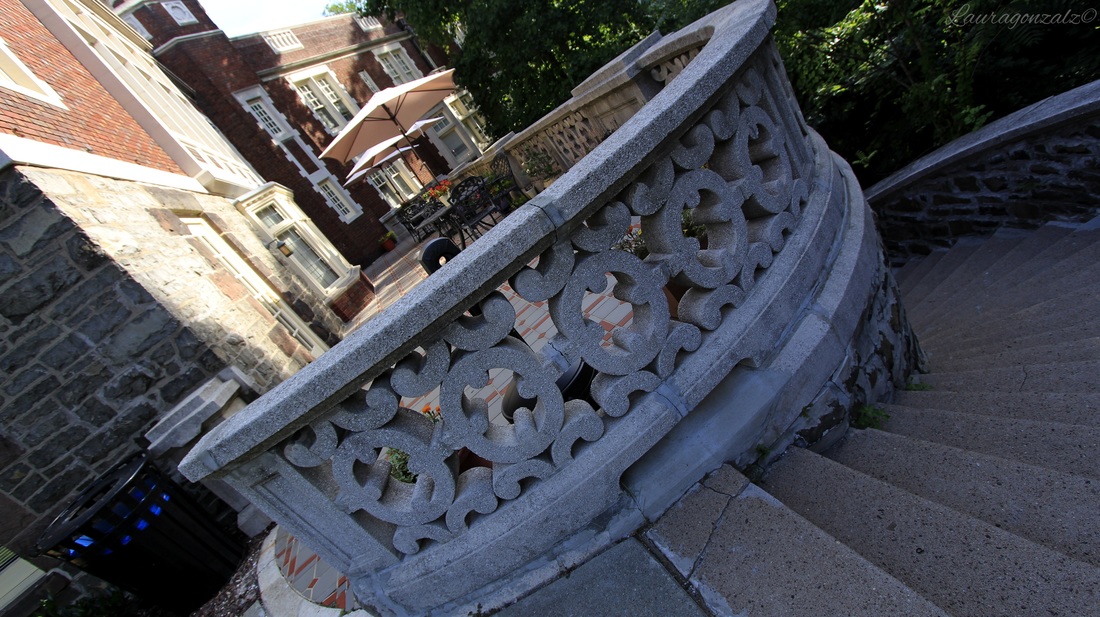
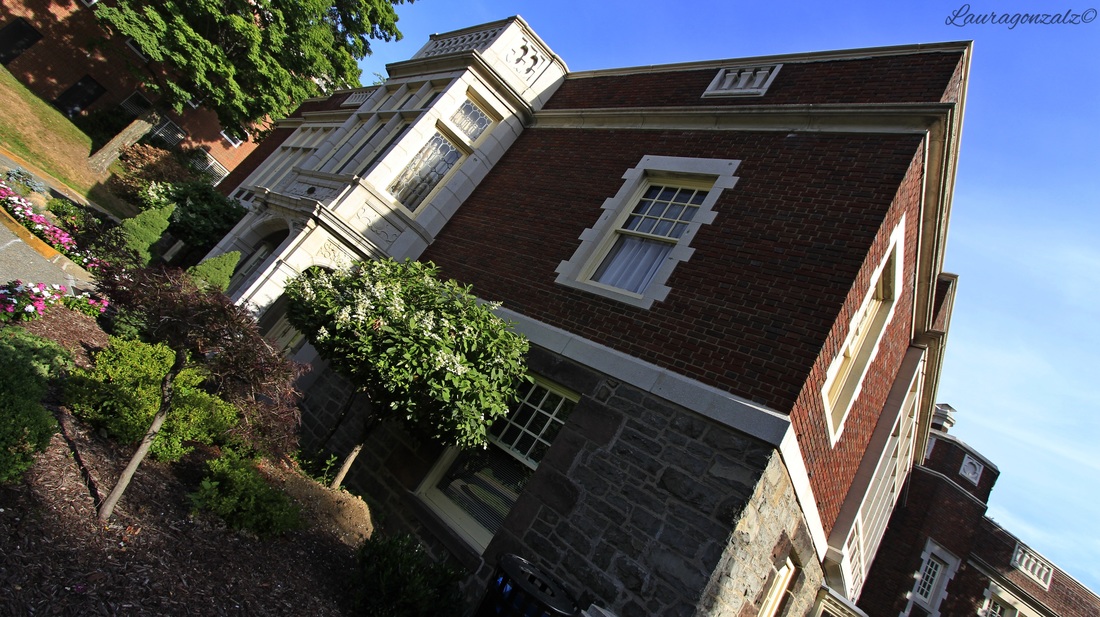
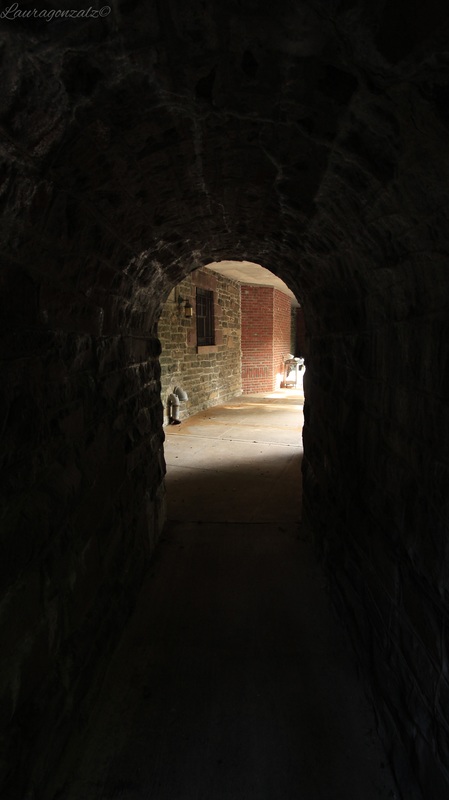
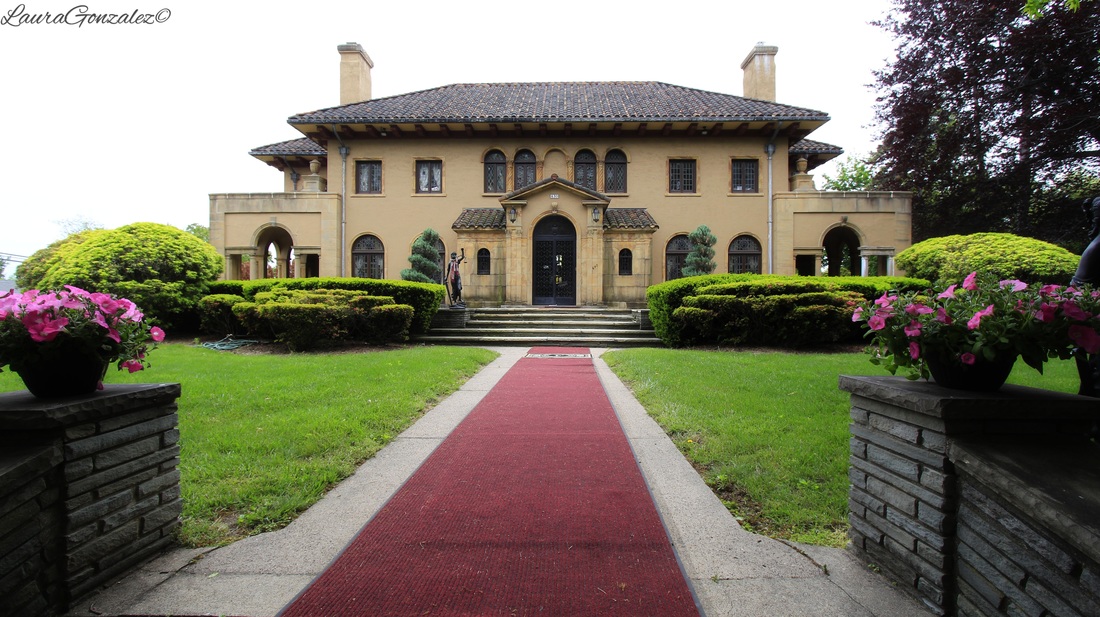
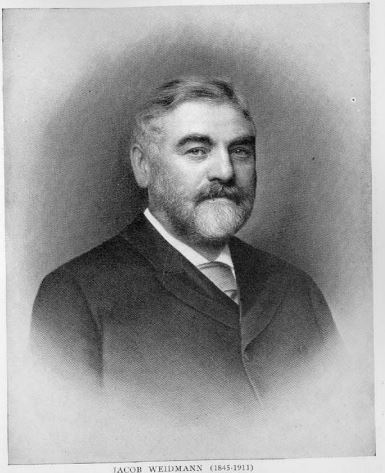
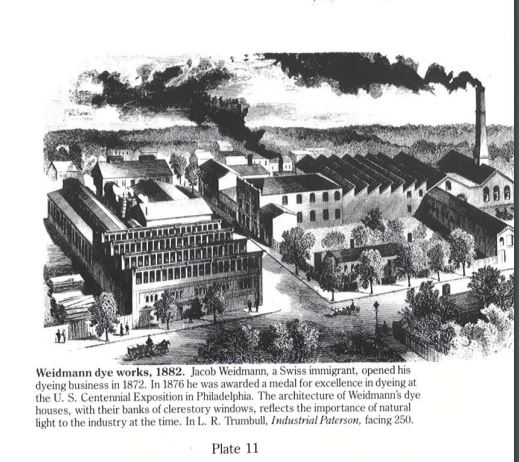
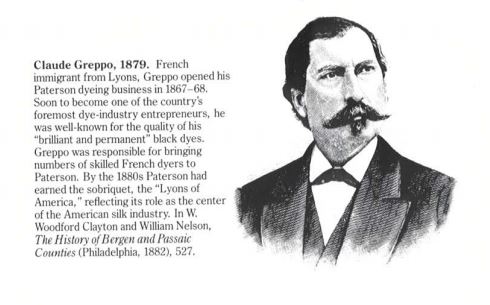
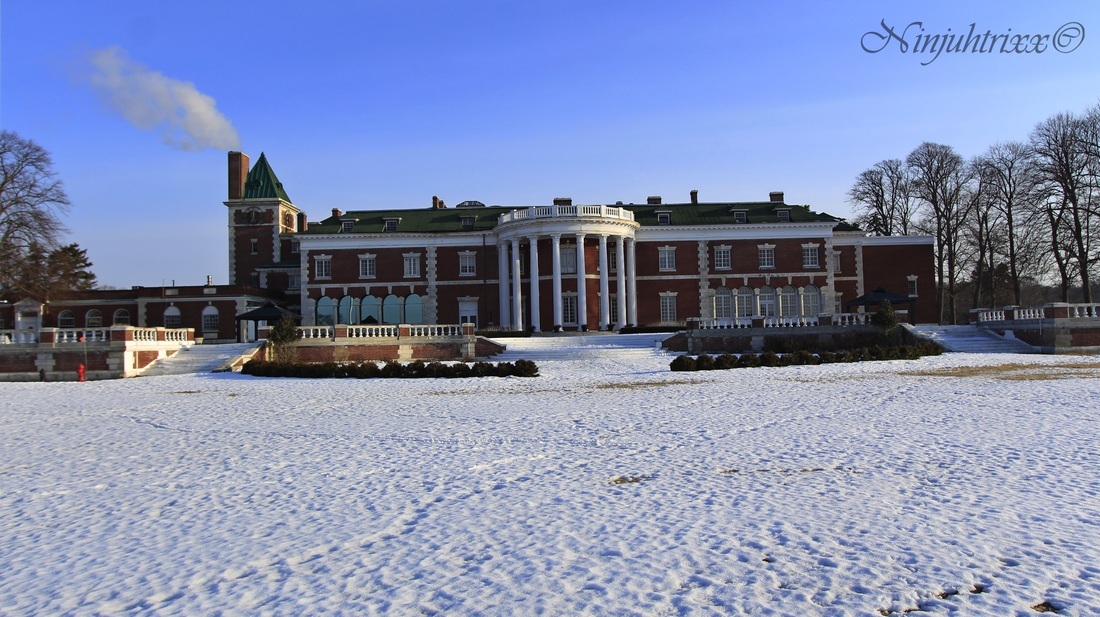
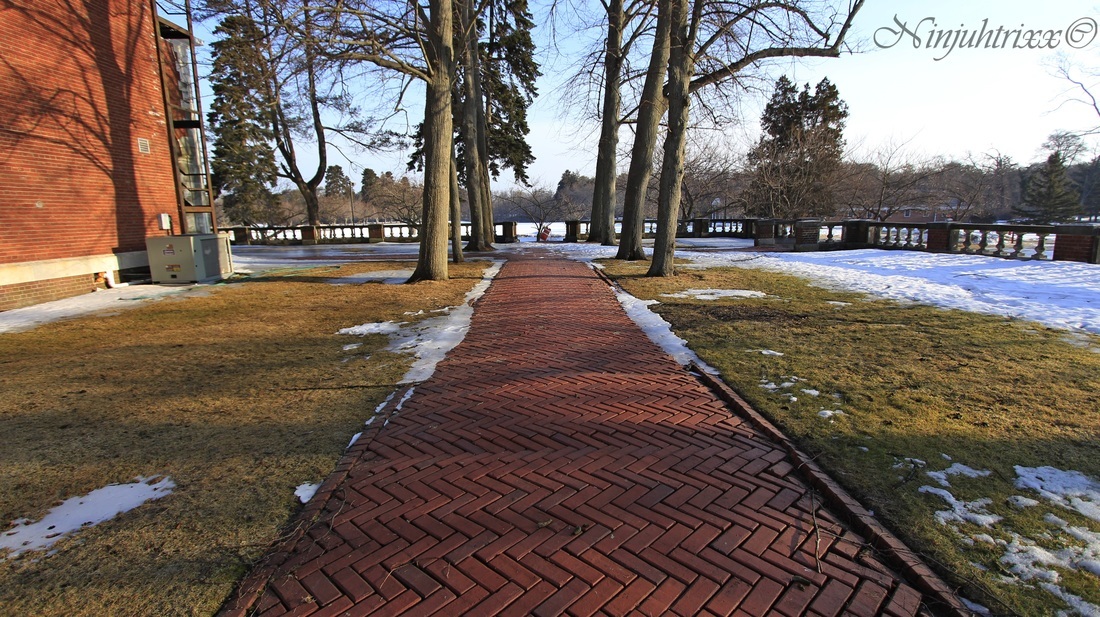
 RSS Feed
RSS Feed
